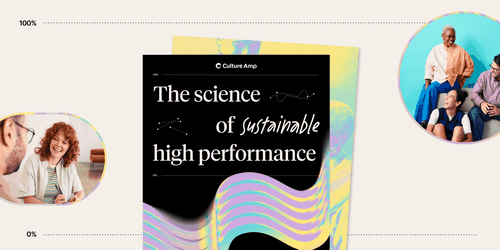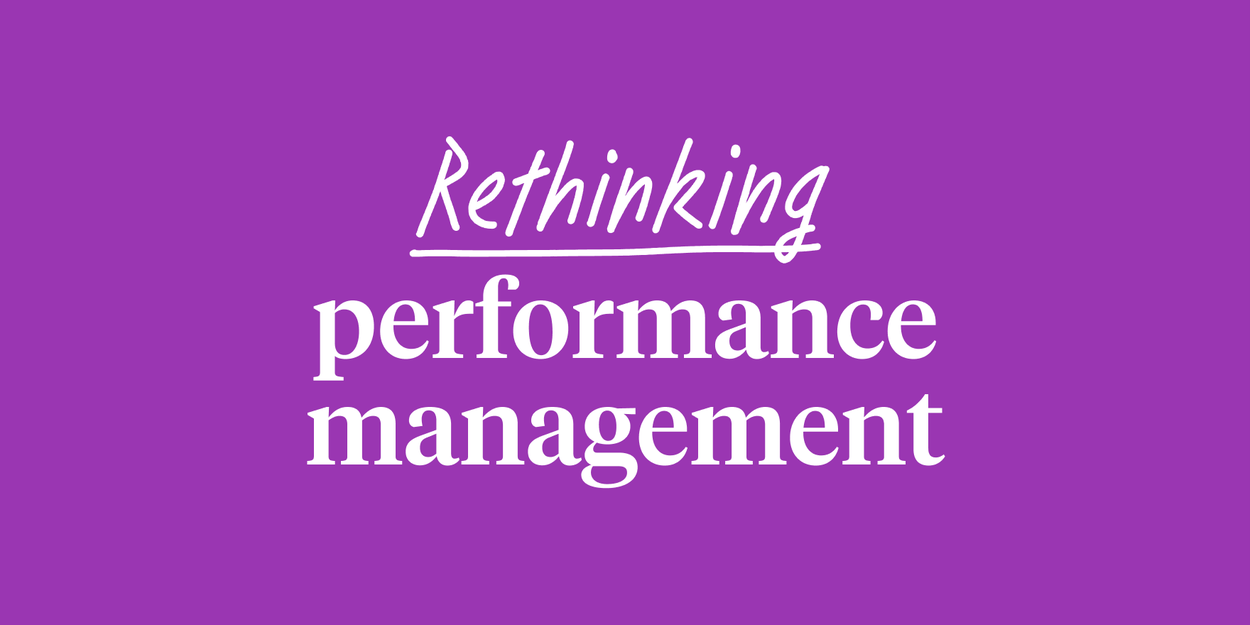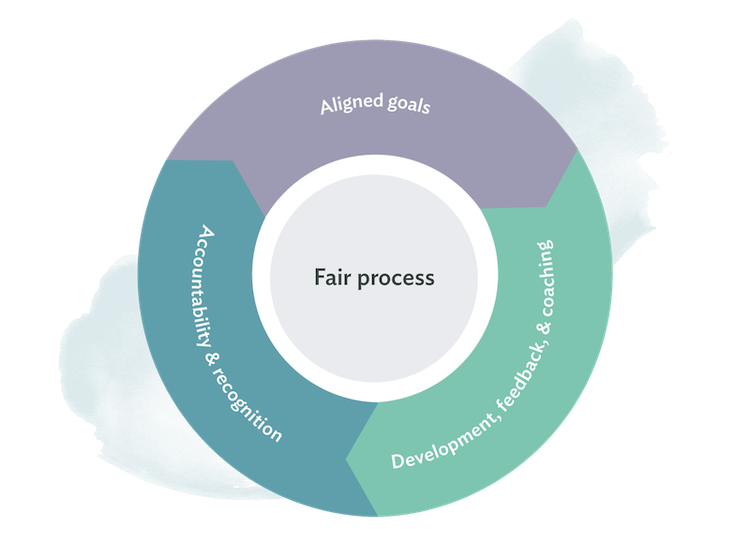
Article

Written by

Senior Content Marketing Manager, Culture Amp
What do you imagine when you hear the words “performance management?” Chances are, these words evoke anxiety, uncertainty, and perhaps even dread. And if you’re from Australia or New Zealand, you might even associate performance management with the process of “managing out” or exiting an underperforming employee.
However, performance management can be a powerful tool for increasing employee engagement, providing recognition, creating pathways for employee growth and development, and increasing retention. The misconception that performance management is the same as exiting an employee stands in the way of meaningful development conversations – the true purpose of performance management.
Unfortunately, in our experience working with over 4,000 companies worldwide, we’ve found that approaches to performance in Australia and New Zealand (ANZ) still lag significantly compared to approaches used by organizations in other regions like the United States. In fact, we’ve found that many organizations across ANZ are still managing their current process manually through word documents, excel spreadsheets, or HRIS add-ons that aren’t built-for-purpose with the employee experience front of mind. This can adversely impact trust in the process and the organizational justice around performance outcomes. On the bright side, this also means that there are many opportunities for ANZ companies to make high-impact changes that transform the performance process and the overall employee experience.
In this article, we’ll explain the case for rethinking performance management and look into the current state of performance in ANZ. We’ll also explain why evolving your perception of and approach to performance management will be vital to surviving and thriving in the future world of work.
To put it very lightly, the past year and a half have been challenging for individuals and organizations worldwide. In the case of ANZ, the Delta variant, the prolonged closure of national borders, and The Great Resignation have all coincided in the last few months, exacerbating already tough talent and retention challenges.
The international travel ban has made it difficult or even impossible for employers to hire outside of ANZ, significantly reducing the available talent pool. 1 in 3 international students did not make it back to Australia before the borders closed. This is significant because 60 to 80% of international students intend to stay and work in their study destination after completing their studies.
As for current employees, the 2021 Gartner HR Survey reported that 24% of Australian employees are actively seeking new employment, with the top three reasons for leaving being work-life balance, manager quality, and respect.
Hays puts the number even higher, citing that 38% of Australian employees surveyed said they plan to look for a new job in the next 12 months. The top reasons were lack of promotion opportunities (43%), uncompetitive salary (39%), and poor management style and workplace culture (37%).
ANZ companies must adapt to their current and future employees’ expectations or risk losing their top talent in an already tight talent market. Evolving your organization’s approach to performance is one way to improve retention, performance, and engagement and show your workforce that you care about their personal growth and development. Ultimately, this will even improve overall business outcomes.
Let’s begin by introducing what we think performance management ideally is.
At Culture Amp, we define effective performance management as an ongoing, iterative cycle centered around fair, transparent, and accurate processes. As a part of the performance process, HR leaders and managers should continuously:

It’s a system that involves performance measurement (looking backward) and performance development (looking forward).
In this way, performance management doesn’t just assess previous performance in an annual performance review. It also considers how people can develop in their role, career, and even personal goals by providing guidance at multiple, regular touchpoints throughout an employee’s tenure at the organization. Regular 1-on-1s with managers, ongoing conversations about goals and progress, self-reflections, and feedback from peers are all essential components of effective performance management.
In ANZ, however, we’ve found that the term “performance management” is often entangled with other concepts that are more limited in scope. This confusion is likely why some ANZ companies are reluctant to invest in a new, more modern performance process. Below are some of the processes that performance management is sometimes confused and/or combined with:
Performance management encompasses many but not all aspects of appraisals, improvement plans, and growth plans. As a concept, however, performance management is much more holistic, acknowledging and incorporating employees’ past, present, and future development to help drive continued growth and success.
As Nick Godenzi, Senior Customer Success Coach at Culture Amp, puts it, “By shifting to an ongoing performance discussion, as it is in performance management, all the incremental wins from regular conversations accumulate to be larger than what you’d get if you just sat down and had a one-hour discussion about the last six months with your direct report.”
How performance is handled at your organization can significantly impact your employees’ decision to stay or leave. Here are some examples of how rethinking performance management can help you address the areas of discontent that lead to turnover:
As for compensation and benefits as a lever for retention, Didier Elzinga, CEO & Founder of Culture Amp, explains it best when he says, “It’s never useful to try and engage a person to stay if all they ask for is more money. If this is the case, you’ve already lost the battle because they’ve reduced their decision to a purely monetary transaction. If you do match their salary, they’ll be gone within six months when someone else increases that number.” This is, of course, assuming that your salary and promotion processes are fair.
Reinventing performance management at your organization isn’t easy, but it’s certainly not “too difficult” to pull off, especially considering its increasing importance in today’s world of work. Retention is an issue for organizations worldwide, but even more so for countries like Australia and New Zealand that are experiencing shrinking talent pools. The pressure to make meaningful change and improve the employee experience is higher than ever, and rethinking performance management is one of the greatest windows of opportunity in ANZ. Luckily, tools and resources are available to help you craft an easy-to-manage performance process that supports both managers and employees in driving positive change.
